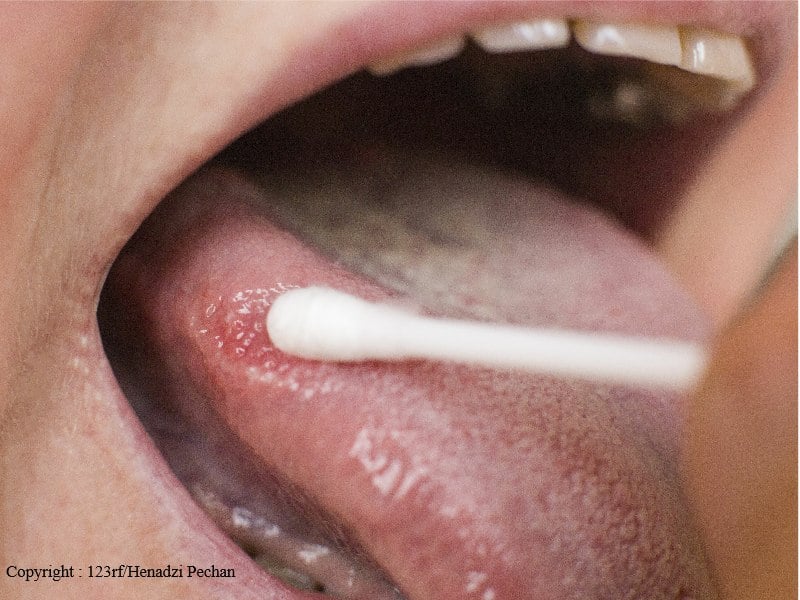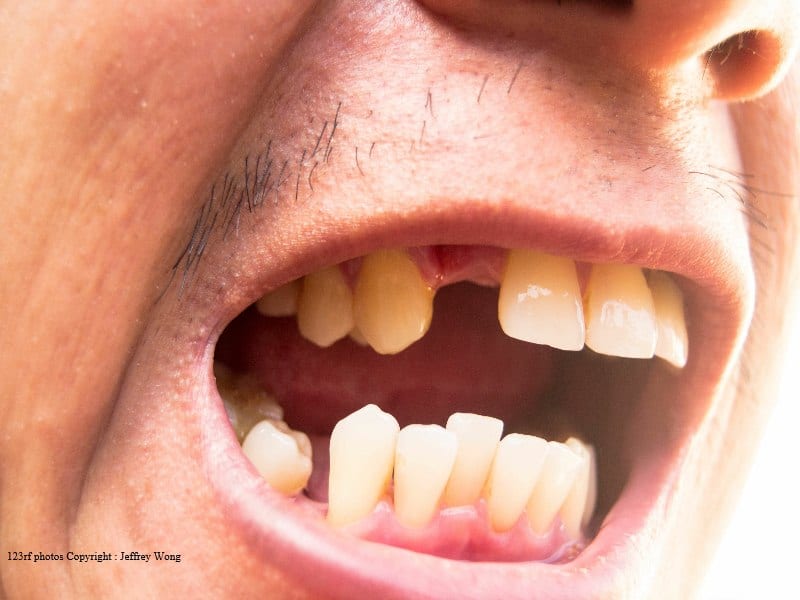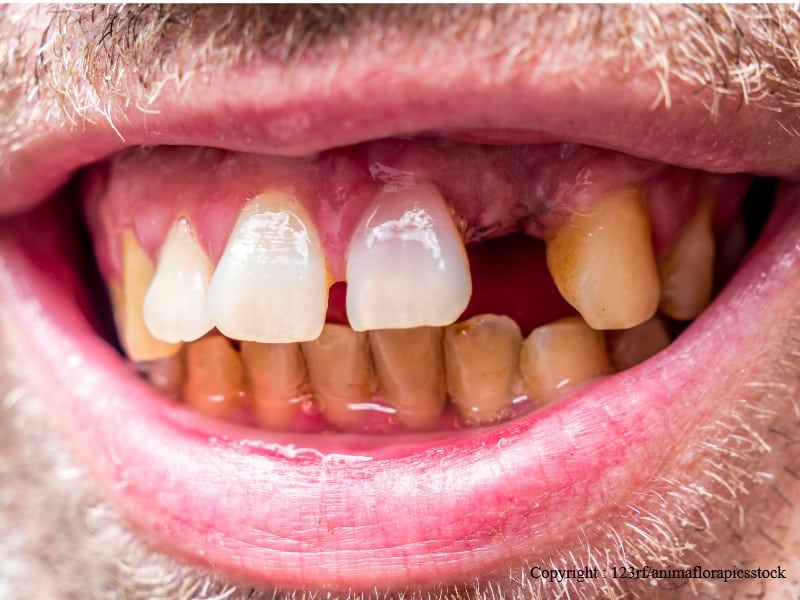We recommend that a person with healthy gums and good oral hygiene habits see the dentist every six months. Those with harder to care for teeth due to overlapping teeth or gum conditions such as gingivitis may need to come on a more frequent interval. But phobias of the dentist, a hectic lifestyle, or as in the case of this year, the pandemic may mean that a routine dental checkup can slip the mind.

Some patients with healthy teeth can wait as long as two years for a cleaning; people who choose to skip regular checkups could suffer rapid changes in their dental health. The sad part is they may not even know it is happening. Even if tooth decay is not usually an issue or gum disease has not previously been detected, the oral cancer exam results could save a patient’s life—the earlier the detection, the greater the positive outcome.
So, let’s see what happens when a patient delays the dental checkup.
Six months
Small cavities can begin to develop without the patients’ knowledge. Once decay has created a hollow, cleaning is nearly impossible, and the deterioration is progressive. The hole will only get bigger without a filling. Without the needed treatment, a cavity can cause tooth loss. At this point, dentistry will never be more affordable.
As well as monitoring tooth and gum health, these appointments can detect any early signs of oral cancer. “One of the most common cancer symptoms is a sore which develops in the mouth and does not go away within 14 days or a persistent roughness inside the mouth. A cancer examination is particularly important for patients who smoke and drink regularly.

One Year
A year of neglect with no professional cleaning, and no dental intervention means gum disease is now likely. Symptoms are painful and bleeding gums are likely. Without any treatment, the painful inflammation will increase the likelihood of tooth loss. A patient may even avoid brushing due to the discomfort it causes. So, the problem only gets worse.
Two years
The passing of two years without professional intervention is more likely to lead to a toothache and more expensive treatment needed.
The cavity – which earlier would have been quick and relatively cheap to fix – may need a root canal and a full-coverage crown to protect the tooth from breaking due to brittleness. The previous investment placed in the mouth, such as crowns and implants, can start to fail. Gum recession is also more likely. The patient’s oral health is in a severe state.

Five Years
Now, underlying oral health problems could become serious concerns. Oral cancer that could have been treated with early detection may require major surgery to remove it. The neglect of professional dental visits for so long leads to only a passing fantasy of keeping teeth for a lifetime.
If tartar, for instance, isn’t regularly scraped away during a professional cleaning, the teeth with hard calcified deposits are more susceptible to decay. But after five years, a worrying amount of the hard calcified deposits that contribute to tooth decay could be present.

Ten years
Without a dentist’s oversight for a decade, a patient’s teeth are now likely to have become sensitive and potentially worn down. They may have even shifted due to a lack of abutting teeth due to erosion. To restore the mouth after this long neglect would mean tooth loss and considerable time and money to replace them and restore the mouth to a healthy condition.
Remember, Dentistry is not expensive; neglect is.
